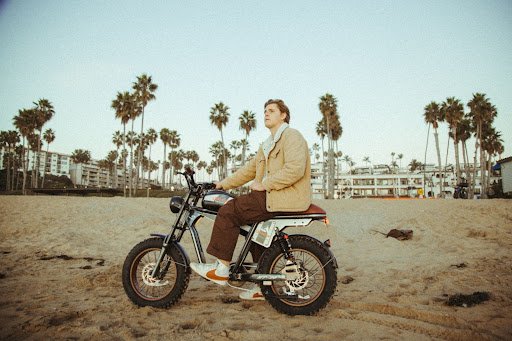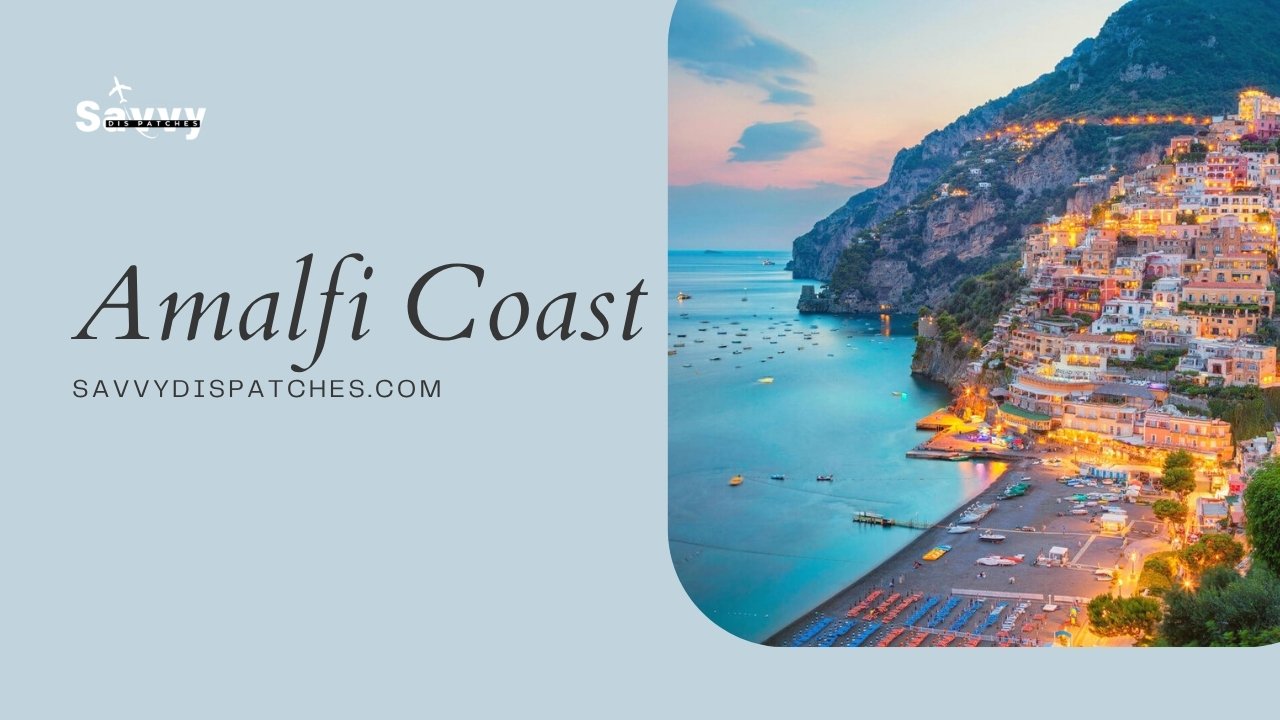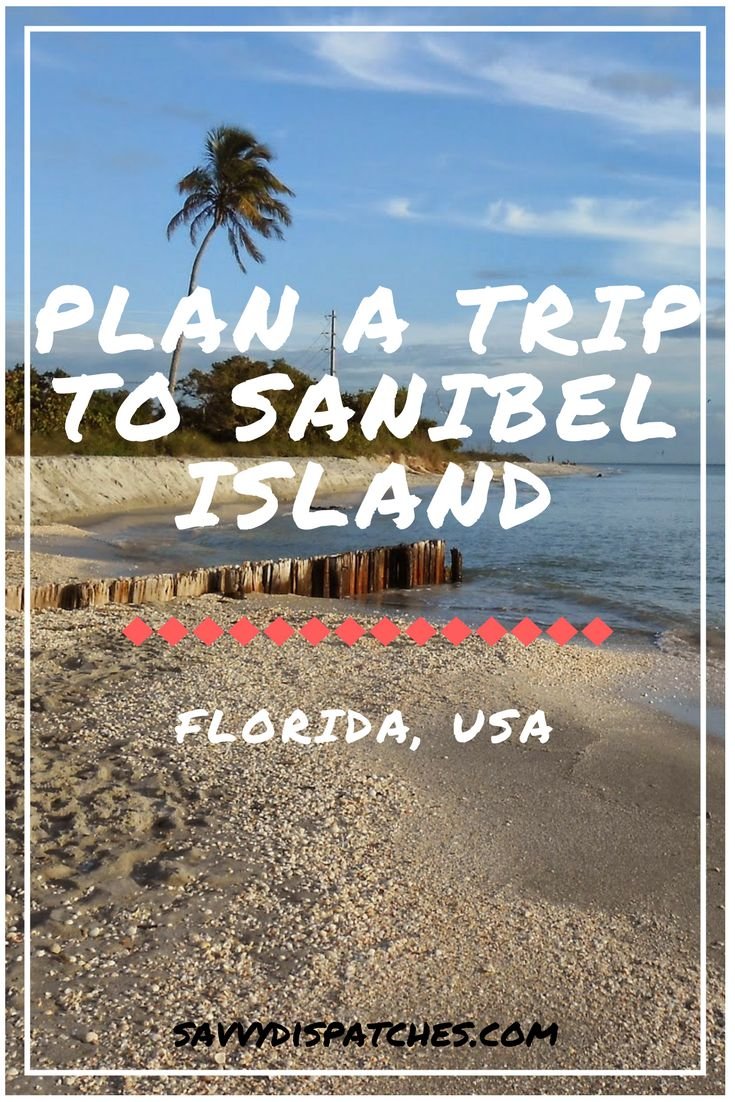Travel
How to Spend a Few Days in Portland Maine: A Comprehensive Guide

Portland, Maine, is a charming coastal city known for its historic waterfront, vibrant arts scene, and exceptional food culture. Whether you’re a history buff, a foodie, or someone who simply loves stunning ocean views, this city has something for you. If you’re wondering how to spend a few days in Portland, Maine, this guide will help you craft the perfect itinerary filled with must-see attractions, delicious eats, and unforgettable experiences.
Day 1: Exploring the Historic Old Port and Waterfront
Morning: Arriving and Settling In
Start your adventure by checking into a cosy boutique hotel or a charming bed-and-breakfast. The Press Hotel, The Francis, and Blind Tiger are excellent options for a stylish and comfortable stay. Once you’re settled, head straight to the Old Port district.
Late Morning: Strolling Through the Old Port
The Old Port is one of the most iconic areas of Portland, featuring cobblestone streets, historic brick buildings, and a lively waterfront. Here’s what you shouldn’t miss:
- Local Shops & Boutiques – Browse unique shops selling Maine-made goods, jewellery, and souvenirs.
- Art Galleries – Stop by local galleries to admire works from talented Maine artists.
- Waterfront Walk – Enjoy picturesque harbour views along Commercial Street.
Lunch: Savoring Fresh Maine Seafood
A trip to Portland wouldn’t be complete without indulging in fresh seafood. Stop by Eventide Oyster Co. or J’s Oyster for a classic lobster roll or a hearty bowl of clam chowder.
Afternoon: Portland Museum of Art
After lunch, explore the Portland Museum of Art, home to works by Winslow Homer, Claude Monet, and many more. The museum’s blend of historic and contemporary art makes it a must-visit for culture enthusiasts.
Evening: Dinner and Nightlife in the Arts District
Wrap up your first day with dinner in the Arts District, known for its trendy restaurants and live entertainment. Some top dining spots include Central Provisions (small plates with a creative twist) and Fore Street (seasonal farm-to-table cuisine). If you’re up for a night out, check out a show at Portland Stage or State Theatre for live music.
Day 2: Nature, Lighthouses, and Coastal Adventures
Morning: Portland Head Light & Fort Williams Park
Begin your second day with a visit to Portland Head Light, Maine’s most famous lighthouse. Located in Fort Williams Park, this historic landmark offers:
- Breathtaking ocean views
- Scenic walking trails
- A small museum inside the lighthouse keeper’s quarters
Late Morning: Exploring Casco Bay by Boat
After soaking in the views at Portland Head Light, head back to the waterfront for a Casco Bay boat tour. You can choose from:
- Island ferries – Take a trip to Peaks Island for a laid-back island vibe.
- Wildlife cruises – Spot seals, seabirds, and maybe even a whale!
- Sunset sailing tours – Perfect for a romantic end to the day.
Lunch: Picnic on the Islands
If you choose to visit Peaks Island, grab some picnic essentials from Standard Baking Co. or Portland Farmers’ Market and enjoy lunch by the water.
Afternoon: Maine Maritime Museum
To learn more about Maine’s rich maritime history, visit the Maine Maritime Museum in nearby Bath. Explore shipbuilding artefacts, historic boats, and hands-on exhibits that dive into Maine’s seafaring past.
Evening: Sunset at Eastern Promenade
End your day at the Eastern Promenade, a scenic waterfront park with breathtaking sunset views over Casco Bay. Bring a blanket, relax on the grass, and soak in the beauty of Portland’s coastline.
Day 3: Food, Culture, and Shopping
Morning: Portland Farmers’ Market
Start your final day with a trip to the Portland Farmers’ Market, where you’ll find fresh produce, homemade baked goods, artisan cheeses, and handcrafted souvenirs. It’s a great way to experience the local food scene while supporting small businesses.
Late Morning: Culinary Walking Tour
Portland is a foodie’s paradise, so why not take a culinary walking tour? These guided experiences allow you to taste a variety of Portland’s specialities, including:
- Fresh seafood
- Locally roasted coffee
- Artisanal chocolates and cheeses
- Craft beers from Portland’s famous breweries
Lunch: Portland’s Famous Food Trucks
For a casual yet delicious lunch, check out Portland’s food truck scene. Popular spots include Bite Into Maine for gourmet lobster rolls and Mami for creative Japanese street food.
Afternoon: Victoria Mansion & Shopping
In the afternoon, take a tour of Victoria Mansion, an impeccably preserved 19th-century home known for its lavish interiors and Italianate architecture. Afterwards, enjoy some last-minute shopping at:
- The Merchant Co. – Handmade gifts and home decor.
- Longfellow Books – A cozy local bookstore.
- Fishermen’s Net – The perfect place to grab fresh seafood to take home.
Evening: Final Dinner & Brewery Visit
For your last night in Portland, treat yourself to a memorable dinner at Scales or The Honey Paw, both known for their creative takes on seafood. If you’re a craft beer lover, finish the night with a visit to one of Portland’s famous breweries like Allagash Brewing Company or Bissell Brothers.
Bonus Tips for Your Trip
- Best Time to Visit: Summer (June–August) is the peak tourist season, but fall (September–October) offers beautiful foliage and fewer crowds.
- Getting Around: Downtown Portland is very walkable, but renting a bike or using Uber/Lyft can be helpful for visiting lighthouses and nearby attractions.
- Packing Essentials: Bring comfortable walking shoes, a light jacket (even in summer), and a camera to capture Portland’s scenic beauty.
Portland, Maine, is the perfect destination for a short getaway, offering a mix of history, nature, and culinary delights. Whether you’re exploring the Old Port, savouring fresh lobster, or enjoying a peaceful sunset by the ocean, every moment in this charming coastal city is worth experiencing. Now that you know how to spend a few days in Portland, Maine, start planning your trip and get ready to fall in love with this beautiful New England gem.
Destinations
Madeira Travel Guide: Top Attractions, Hidden Gems & Local Tips
Destinations
Amalfi Coast Travel Guide: A Journey for Every Type of Traveler
Travel
How to Choose the Best Fat Tire Electric Bike for Different Terrains

How to Choose the Best Fat Tire Electric Bike for Different Terrains
Choosing the best fat tire electric bike for your terrain isn’t just about looks—it’s about performance and comfort. The right e-bike depends on where you ride: smooth pavement, rocky trails, sandy beaches, or snowy roads. Each surface demands specific tires, suspension, and motor power.
This guide will walk you through how to pick the perfect fat tire e-bike for every type of terrain.
What Makes Fat Tire Electric Bikes Unique?
Fat tire electric bikes stand out because of their oversized tires—usually 4” to 5” wide—that offer better traction and stability. Whether it’s a moped-style electric bike for city cruising or a rugged off-road model, these bikes handle diverse terrains with ease.
Key Advantages:
- Excellent grip on loose or slippery surfaces
- Smoother ride on uneven terrain
- Better balance for new riders
- Support for heavier loads or cargo setups
Most fat tire e-bikes feature 500W to 1000W motors and ≥80 Nm torque, making them ideal for both hills and flat roads.
1. Best Fat Tire Electric Bike for City Streets
If you’re riding mostly on asphalt, paved trails, or urban bike lanes, comfort and efficiency matter most.
What to Look For:
- Tire Type: Semi-slick or hybrid tread (4.0”) for low rolling resistance.
- Motor Power: 500–750W hub motor for smooth acceleration.
- Battery Range: At least 48V 15Ah (40–50 miles per charge).
- Suspension: Front fork only—light and efficient for city use.
- Frame Style: Step-thru or moped-style electric bike for easy mounting.
Example setup:
A 750W fat tire commuter e-bike with 20″x4″ semi-slick tires offers great traction without draining power on smooth roads.
Pro Tip: Inflate your tires to 20–25 PSI for better efficiency and speed on pavement.
2. Best Fat Tire Electric Bike for Mountain Trails
Mountain terrain demands more power, stronger frames, and better suspension.
What to Look For:
- Motor: 750W–1000W mid-drive motor with ≥80 Nm torque for hill climbing.
- Suspension: Full suspension (front + rear) to absorb shocks.
- Tires: Deep tread 4.8” tires for traction on gravel and mud.
- Brakes: Hydraulic disc brakes (180mm rotors) for steep descents.
- Battery: 48V 20Ah or dual-battery setup for long trail rides.
- Ideal PSI: 12–18 PSI for rocky trails.
Pro Tip: A mid-drive motor keeps your center of gravity low and improves handling on tight, winding paths.
3. Best Fat Tire Electric Bike for Snowy Conditions
Snow requires traction and stability—this is where fat tire e-bikes truly shine.
What to Look For:
- Motor: 750–1000W rear hub motor (torque ≥85 Nm).
- Tires: 4.8” studded or knobby tires for maximum grip.
- Frame Material: Aluminum alloy to prevent rust.
- Battery: High-capacity 48V 17–20Ah (cold weather drains battery faster).
- Fenders: Full coverage to block slush and debris.
Pro Tip: Keep your battery warm indoors before riding—it maintains up to 15% more charge efficiency in winter.
4. Best Fat Tire Electric Bike for Beach or Sand Riding
Soft sand is tricky. You’ll need wide tires, a strong motor, and corrosion resistance.
What to Look For:
- Tires: Ultra-wide 4.5–5.0” tires with low PSI (8–12 PSI).
- Motor: 750W or 1000W rear hub motor for consistent power.
- Battery: 48V 15Ah minimum—sand adds resistance.
- Frame Coating: Anti-rust treatment or aluminum alloy frame.
- Drivetrain: Sealed components to protect from sand and salt.
Pro Tip: After beach rides, rinse your e-bike with fresh water and dry it thoroughly to avoid corrosion.
Comparison Table: Fat Tire E-Bike Terrain Guide
| Terrain Type | Ideal Tire Width | Motor Power | Suspension | Battery | Recommended PSI |
| City Streets | 4.0″ semi-slick | 500–750W | Front | 48V 15Ah | 20–25 PSI |
| Mountain Trails | 4.8″ knobby | 750–1000W | Full | 48V 20Ah+ | 12–18 PSI |
| Snow | 4.8″ studded | 750–1000W | Front | 48V 17Ah+ | 10–15 PSI |
| Beach/Sand | 4.5–5.0″ | 750–1000W | Front | 48V 15Ah+ | 8–12 PSI |
Extra Features Worth Considering
- Pedal Assist Levels: Choose models with at least 5 PAS modes for flexibility.
- Display: An LCD with real-time speed, range, and PAS data helps monitor performance.
- Lighting: Integrated LED lights improve safety for night rides.
- Accessories: Racks, baskets, or child seats can make your ride more functional.
Tips for Beginners vs. Advanced Riders
For Beginners:
- Start with a step-thru frame for easy handling.
- Use pedal assist mode to extend battery life.
- Keep tires at higher PSI for smoother roads.
For Advanced Riders:
- Go for dual batteries if you ride long distances.
- Experiment with lower PSI on dirt or snow for more grip.
- Upgrade to hydraulic brakes for precision control.
Conclusion
The best fat tire electric bike depends on where you ride most. City commuters should look for semi-slick tires and moderate power, while mountain and beach riders need wider tires, stronger motors, and solid suspension. By matching your bike’s setup to your terrain, you’ll enjoy smoother rides, longer range, and better control.

 Blog10 months ago
Blog10 months agoHow to Deal with Scabies While Traveling

 Travel10 months ago
Travel10 months agoRichmond, Virginia Street Art Guide

 Travel10 months ago
Travel10 months agoPerhentian Islands: How to Get There, What to Expect, & More

 Travel10 months ago
Travel10 months agoHow to Live in Your Car in New Zealand

 Travel10 months ago
Travel10 months agoSouvenir in Nepal: A Guide to Unique Handicrafts and Cultural Treasures

 Travel10 months ago
Travel10 months agoVegan Guide to Dining Out in Richmond, Virginia

 Food10 months ago
Food10 months agoVegetarian Food Nepal: A Journey into Flavorful Plant-Based Cuisine

 Travel7 months ago
Travel7 months agoA Local’s Guide to Sanibel Island, Florida

















